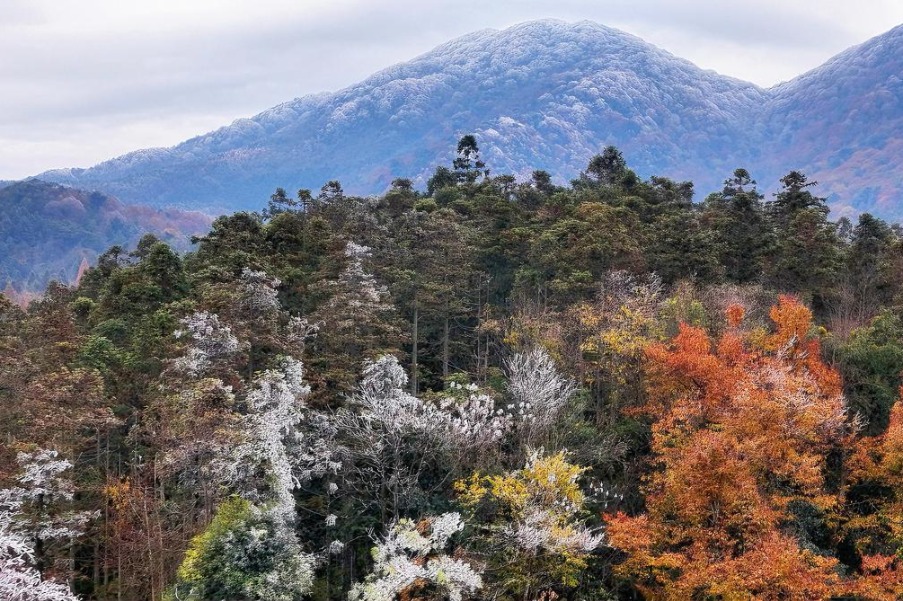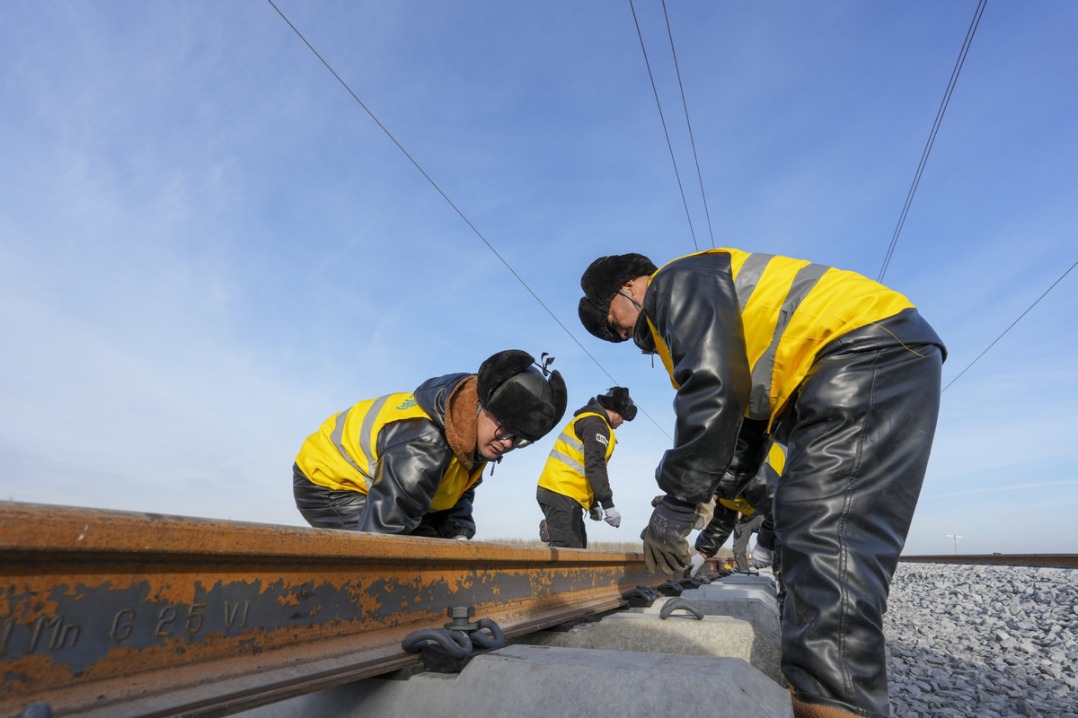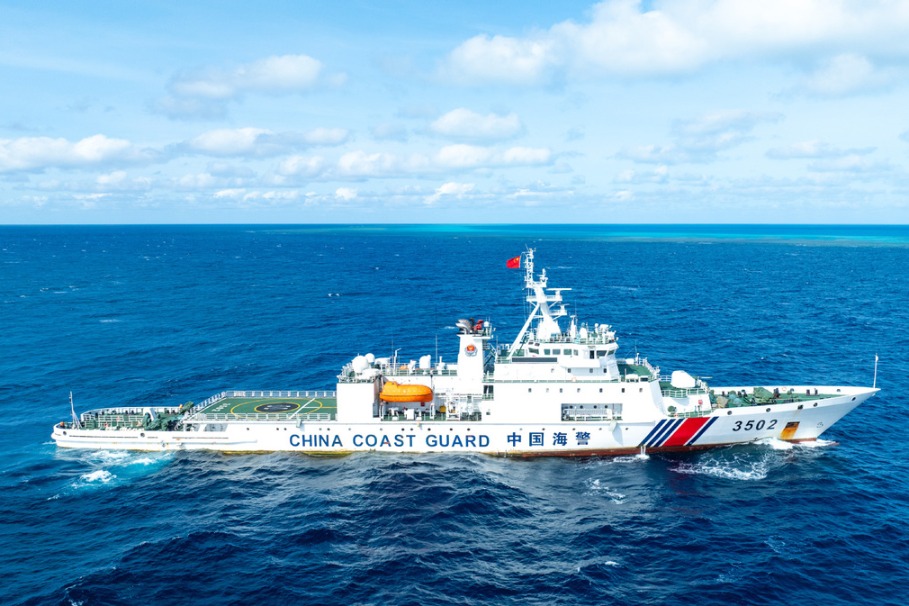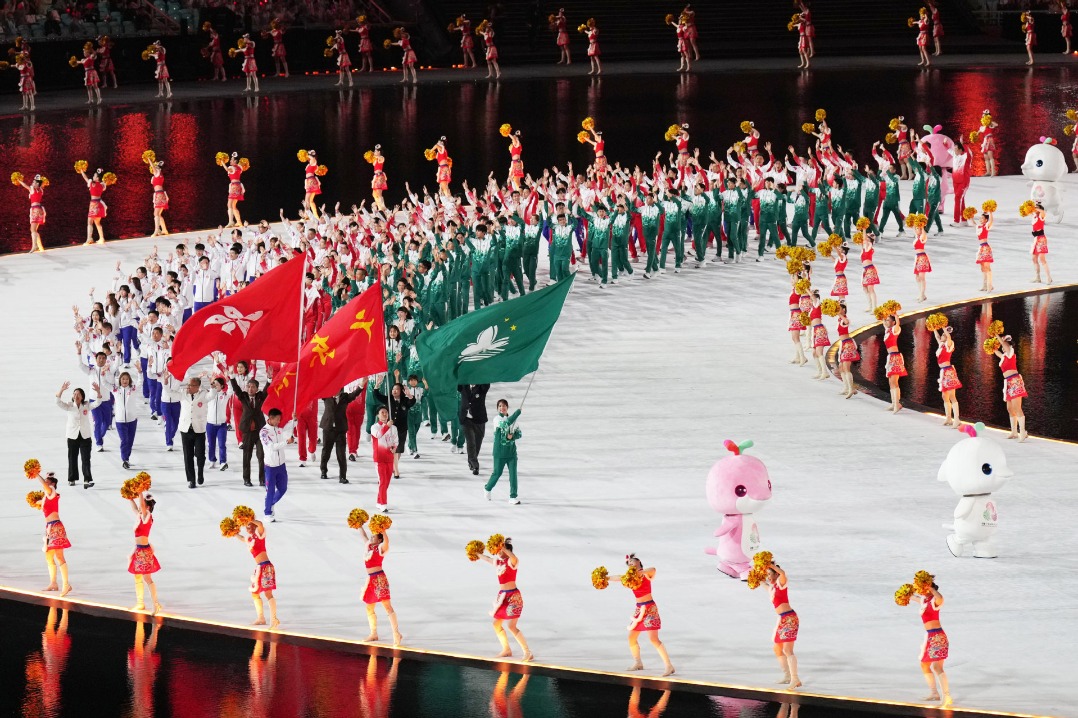Sea change: Fishermen and villagers go from conflict to cooperation

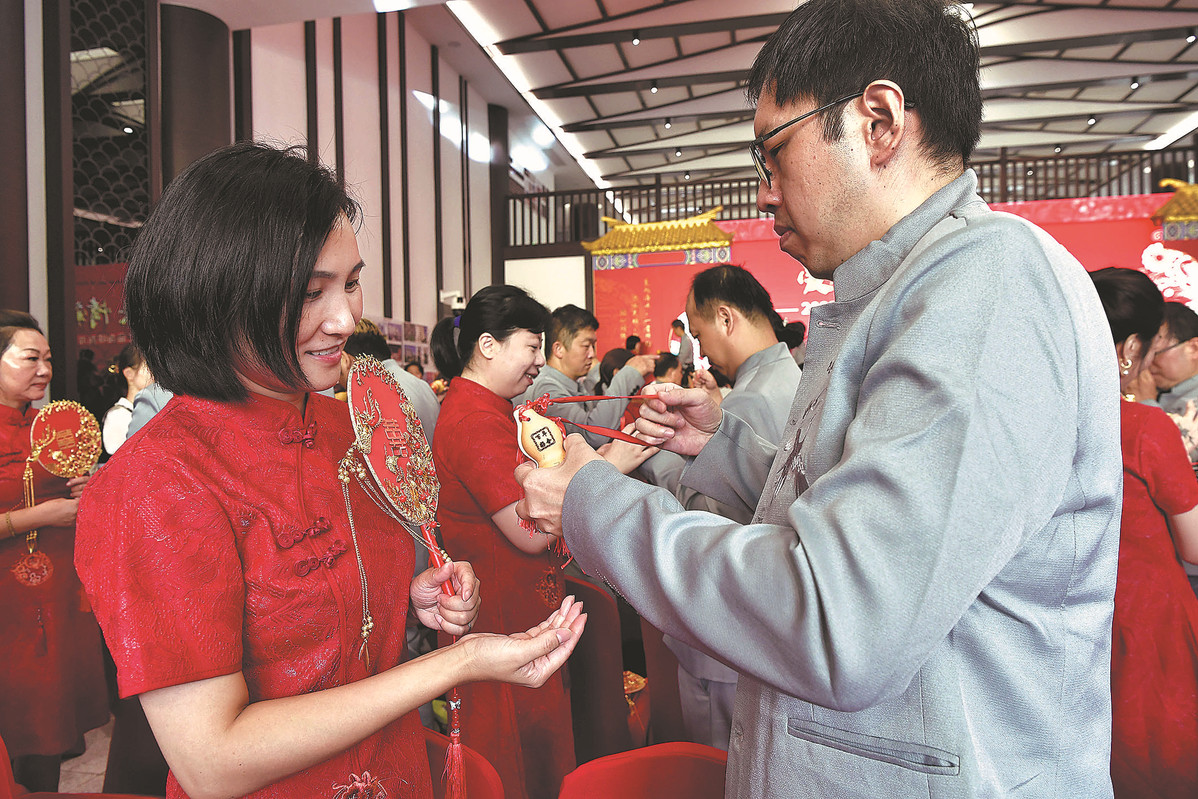
In the 1990s, due to the good water quality in the bay of Weitou, many residents from Kinmen cooperated with local people to farm abalone. Later, abalone became a major local industry. At its peak, there were 65 Taiwan fishing boats docked in Weitou port.
Cross-Strait trade has also facilitated the movement of people.
In 1992, Weitou woman Hong Shuangfei married a man from Kinmen who often visited the village for business. She became the first Weitou bride in Kinmen since 1949.
"I didn't know how they fell in love, and initially we (the family) thought it was impossible," said Hong Jiancai, the woman's 83-year-old father.
Hong Jiancai participated in the 1958 bombardment of Kinmen and received several bravery honors.
At first, Hong Shuangfei's relatives opposed the marriage as they were worried about the possibility of another cross-Strait conflict. However, when the two sides reached the 1992 Consensus embodying the one-China principle, a major step in cross-Strait relations, the father finally agreed to the marriage.
"The past conflict was just a small episode in the historical process," he told relatives. "The two sides are one family, and we will see the reunification of the motherland."
Later, more Weitou women married men from Kinmen, Penghu, and other Taiwan-administered islands.
A total of 148 cross-Strait couples from the area have tied the knot. In the past, mainland women usually moved to Taiwan. But now the proportion of cross-Strait couples who settle on the mainland is rising, said Hong Shuiping, the village chief.
Water resources played a key role in bringing both sides closer. As Kinmen once lacked water, Weitou villagers would tell fishermen to take water on their boats back to Kinmen Island as they were worried their daughters who had moved there faced shortages.
However, in 2018 the water shortage was eased when a crosssea pipeline was put into use. The pipe carries water from a reservoir near Weitou to Kinmen and accounts for about 70 percent of the island's daily water supply.
"We care for the other side as if they are our family," Hong Shuiping said, adding that through integrated development policies, the village will grasp opportunities to improve the lives of people from both sides.
"Weitou brides often bring their families back to the village. Many of the next generation come back to start businesses in fishing, selling souvenirs from Kinmen, and opening cafes," he said.
- Tsinghua introduces comprehensive framework for AI use in education
- Rime-covered forest with autumn colors draws visitors to Hunan mountain
- Chinese president appoints new ambassadors
- Mainland spokesperson underscores significance of Xi's remarks on Taiwan in phone call with Trump
- Mainland slams Lai Ching-te for 'disgusting' support of Japanese PM's Taiwan remarks
- China's top legislator meets Tonga's king
















